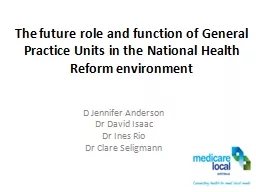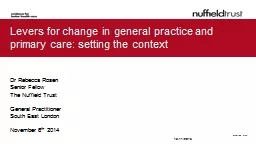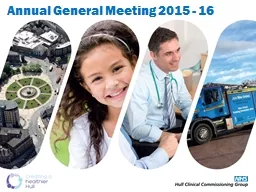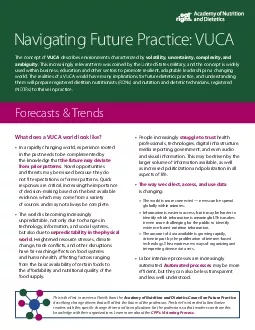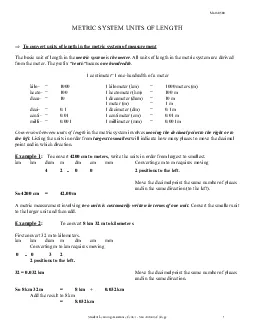PPT-The future role and function of General Practice Units in t
Author : alida-meadow | Published Date : 2016-05-25
D Jennifer Anderson Dr David Isaac Dr Ines Rio Dr Clare Seligmann History GP Liaison in Victoria S ince the 1990 2 major issues to start with Declining communication
Presentation Embed Code
Download Presentation
Download Presentation The PPT/PDF document "The future role and function of General ..." is the property of its rightful owner. Permission is granted to download and print the materials on this website for personal, non-commercial use only, and to display it on your personal computer provided you do not modify the materials and that you retain all copyright notices contained in the materials. By downloading content from our website, you accept the terms of this agreement.
The future role and function of General Practice Units in t: Transcript
Download Rules Of Document
"The future role and function of General Practice Units in t"The content belongs to its owner. You may download and print it for personal use, without modification, and keep all copyright notices. By downloading, you agree to these terms.
Related Documents

